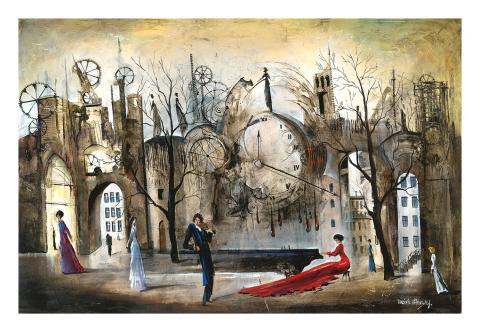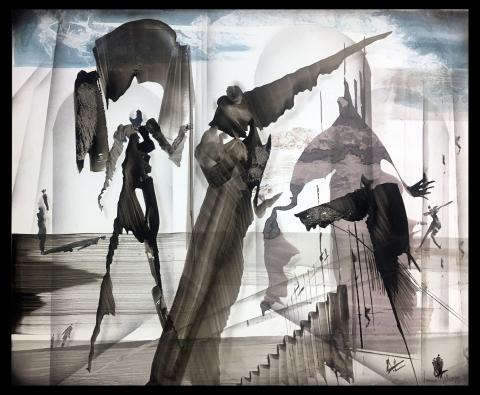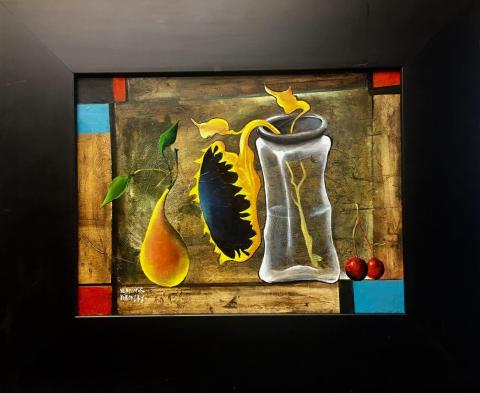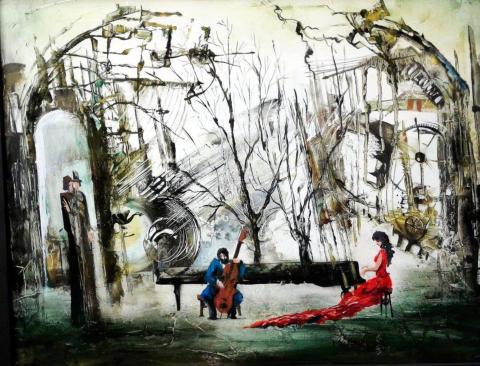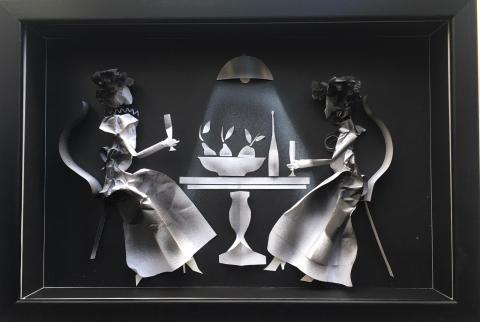
Vladimir Vitkovsky

Website
http://www.vitkovskyfineart.com
Social
Other Social
https://fineartamerica.com/profiles/2-vladimir-vitkovsky.html?tab=artwork
(415) 661-7638
On Artist:
Vladimir Vitkovsky was born in Russia, in 1950. He studied art at three prestigious St. Petersburg Art Schools, learning techniques from various Russian teachers and then breaking away and experimenting on his own. In 1989, when the iron curtain was lifted, Vitkovsky was able to emigrate. He began to show his work in the United States and Europe. Vitkovsky received the first place prize at the Boston Copley Association of Artists yearly competition and at the Swedish International Art Competition Art Addiction. He has also received several other honorable mentions and diplomas at juried group exhibitions in Europe. The list of his patrons includes the Dupont family and His Eminence Aloysius Cardinal Ambrozic, Archbishop Emeritus of Toronto. Vitkovsky currently resides in San Francisco.
On Art:
While Vitkovsky’s art echoes classical training of the Russian academies, he relies more on the wealth of his own human experience. The essence of his work is not confined by any one purely national or cultural context. Vitkovsky emphasizes that his artistic endeavors are not about political or cultural statements, but rather concerned with the artistic process itself. It is his understanding of the past that allows him to question the present. The process itself lets him be “at home in the world” wherever he resides. Vitkovsky creates a unique world of emotional surrealism where the past, present, and future are transformed into a heightened sense of “right now.”
On Technique:
Vitkovsky’s oil paintings transport viewers from the representational into the abstract world. His application of paint is a dramatic contrast between thin, luminous layers and heavier impasto. The artist couples heightened realism with blurred, fluid edges. Vitkovsky also incorporates a “splattered paint” technique used as a counterpoint representing the elements of chance and the irrational in human experience. Nonetheless, in this bridge between the real and the surreal, the viewers regain their own center and a sense of humanity. This same process is evident in his inks on paper. Once again, we are enchanted by the magic and function of his art in bridging the two worlds. Vitkovsky creates a conduit between the worlds and invites the viewer to take a stroll.

